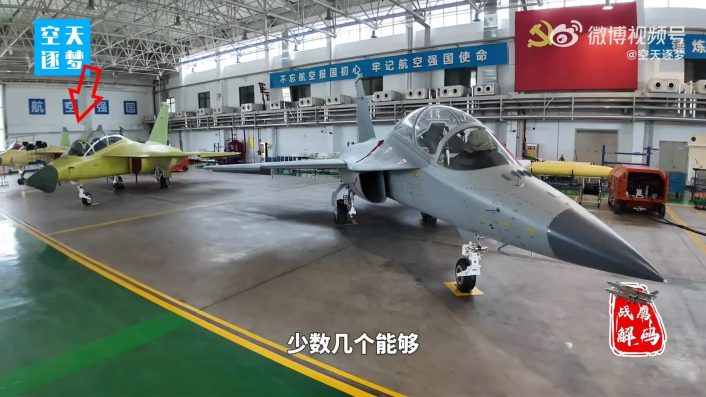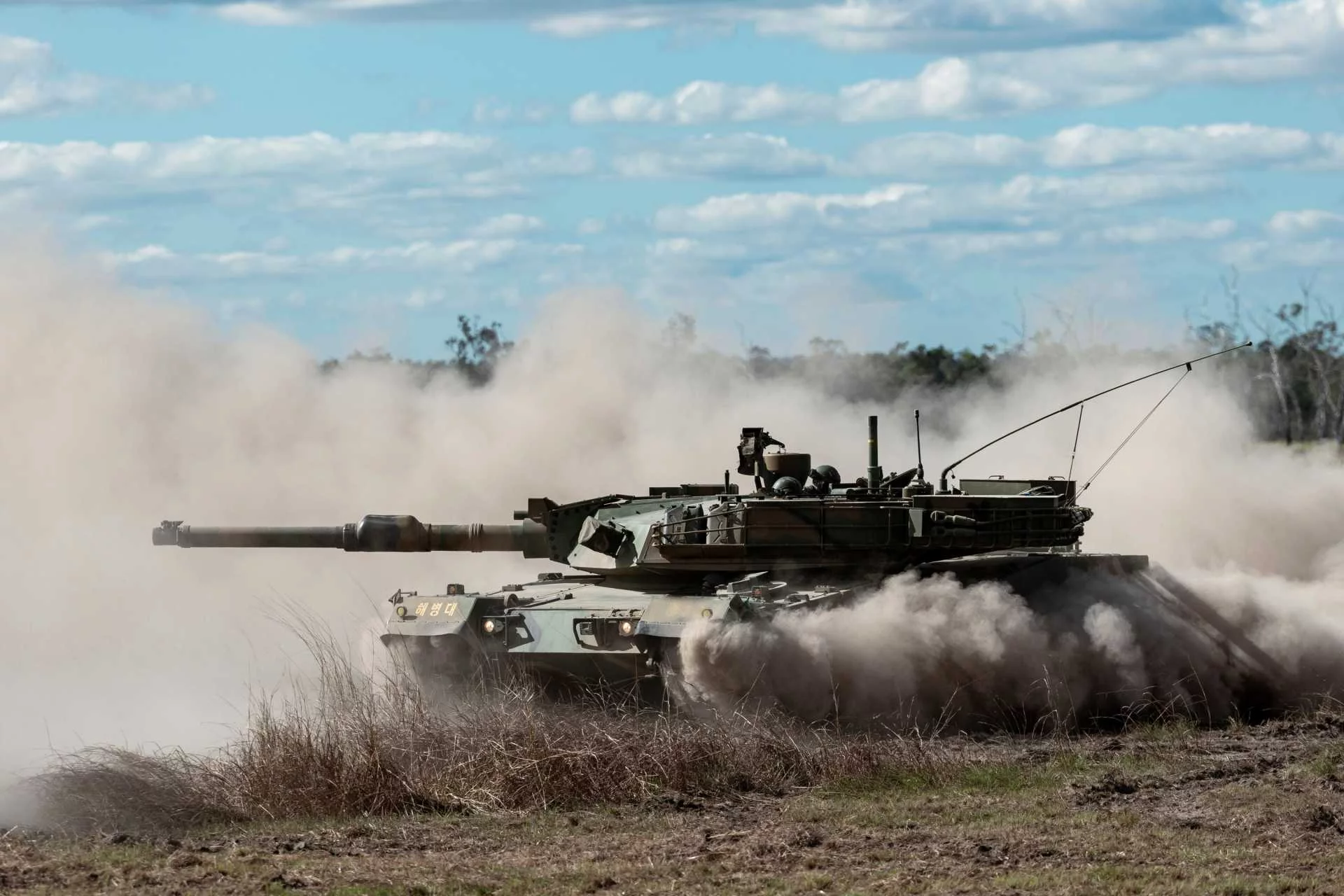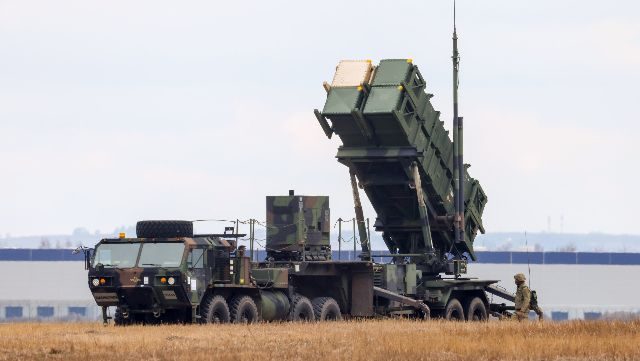The skies over China recently witnessed a significant milestone in its burgeoning aerospace industry: the maiden flight of the JL-XX jet trainer. Reported on October 30, 2025, this event is far more than just another test flight; it represents a crucial step in China’s ambition to cultivate a world-class air force, equipped with highly trained pilots capable of mastering its increasingly sophisticated fifth-generation fighter jets and beyond. The JL-XX is not just an aircraft; it’s an investment in the future of Chinese airpower, designed to mold the next generation of aviators.
The Unseen Battle: Training the Next Generation of Pilots
While the development of advanced fighter jets like the J-20 and J-31 often grabs headlines, the unsung hero of any modern air force is its training infrastructure. A state-of-the-art fighter jet is only as effective as the pilot who flies it, and the transition from basic flight school to mastering complex, high-performance aircraft requires a meticulously designed training pipeline. This pipeline relies heavily on advanced jet trainers, which serve as crucial intermediate steps.
For air forces operating fourth and fifth-generation aircraft, the demands on pilot training are immense. Pilots need to be proficient in high-G maneuvers, advanced avionics management, sensor fusion, data link operations, and tactical decision-making in highly complex, simulated combat scenarios. Older generation trainers simply lack the performance, avionics, and simulated systems to adequately prepare pilots for these challenges. This is where the JL-XX steps in.

What We Know (or Can Infer) About the JL-XX
While specific details about Chinese military projects are often guarded, the designation “JL-XX” (likely standing for “JianLian,” or “Trainer-Link,” followed by a number) suggests a departure from previous generations of Chinese trainers. Based on the global trends in advanced jet trainer development and China’s own technological trajectory, we can infer several key characteristics:
- Modern Aerodynamics and Performance: The JL-XX will undoubtedly feature contemporary aerodynamic designs, allowing for sustained high-G maneuvers, supersonic capability (or near-supersonic), and representative flight envelopes that mimic frontline fighters. This is crucial for familiarizing pilots with the demands of advanced jets.
- Advanced Avionics and Cockpit: A critical aspect of a modern trainer is its “glass cockpit” environment, featuring large multi-function displays, Hands-On Throttle-And-Stick (HOTAS) controls, and potentially helmet-mounted displays. This replicates the advanced cockpits of jets like the J-20, easing the transition for pilots.
- Simulated Systems and Sensor Fusion: The JL-XX will likely incorporate advanced simulation capabilities for radar, electronic warfare (EW) systems, and weapon employment. This allows pilots to practice complex combat scenarios without expending costly real-world resources. The ability to simulate sensor fusion, a hallmark of fifth-generation fighters, would be particularly valuable.
- Data Link and Networked Training: Modern air combat is highly networked. The JL-XX would ideally feature robust data link capabilities, allowing multiple trainers to fly together in simulated combat, sharing information and practicing cooperative tactics.
- Potential for Light Attack Role: Like many advanced jet trainers globally, the JL-XX may also possess the inherent capability for a secondary light attack role, offering flexibility for nations with diverse air power needs or for cost-effective force projection.
The Strategic Significance for China
The first flight of the JL-XX is a major strategic statement by China:
- Self-Reliance in Training: It signifies China’s increasing self-sufficiency in developing its entire aerospace ecosystem, from frontline fighters to the crucial platforms that train their pilots. This reduces reliance on foreign suppliers and gives China complete control over its training methodologies.
- Bridging the “Gap” to Fifth-Gen Fighters: With the J-20 and J-31 now operational or nearing full operational status, there is an urgent need for a trainer that can effectively bridge the performance and systems gap from older trainers to these highly advanced aircraft. The JL-XX is designed to fill this critical role.
- Modernizing the PLAAF: A modern trainer ensures that the People’s Liberation Army Air Force (PLAAF) and Naval Air Force (PLANAF) can produce pilots who are not just competent, but exceptional, capable of maximizing the potential of their advanced aircraft fleets.
- Export Potential: Should the JL-XX prove successful, it could also become a significant export product for China, particularly to countries seeking modern, cost-effective jet trainers and looking to build stronger defense ties with Beijing.
The Road Ahead: Shaping the Future of Chinese Airpower
The maiden flight is just the beginning. The JL-XX will now undergo extensive flight testing, refinement, and eventual integration into the PLAAF and PLANAF training academies. Its successful deployment will be instrumental in China’s ambition to project advanced airpower, ensuring that its technological leaps in aircraft development are matched by an equally capable and well-trained cohort of pilots. The JL-XX is truly a pilot maker, and its journey has just begun, poised to shape the future of Chinese aviation for decades to come.



